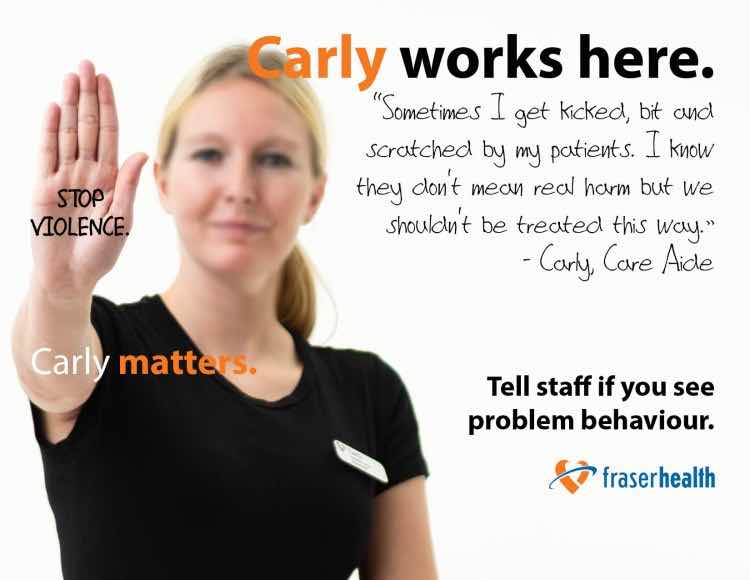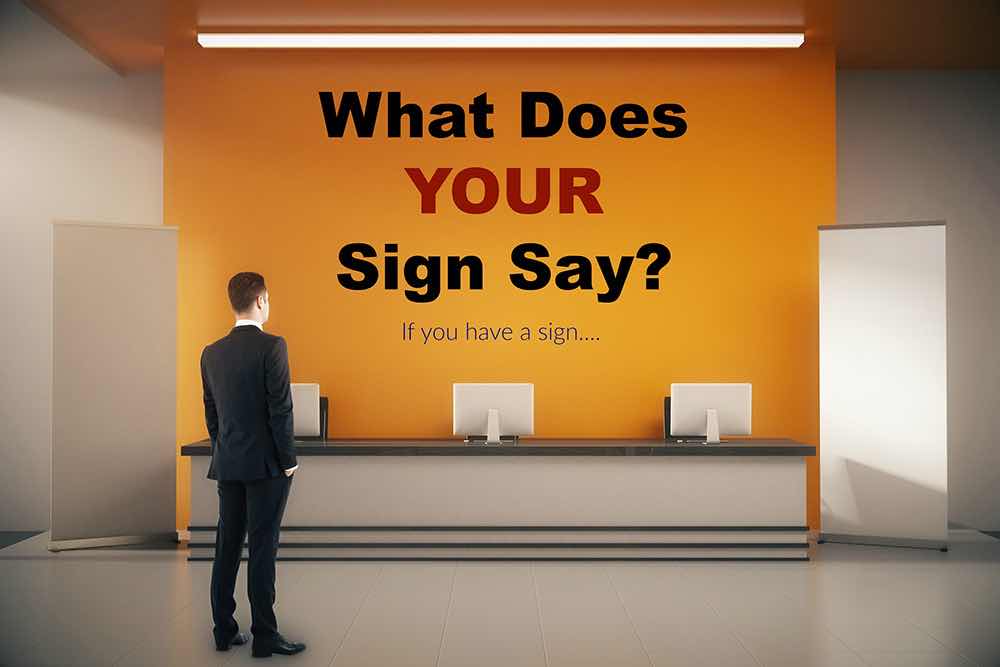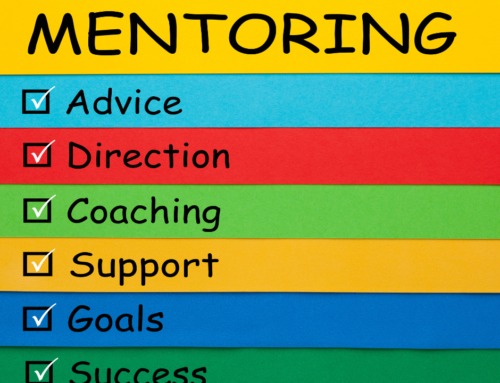What does your sign say?
And now I bring you today’s public service announcement, brought to you by Fiore Group Training:
Wherever you work, your employer has a legal (and moral) responsibility to provide you with a safe workplace.
A workplace where you can get on with your job and not worry about looking over your shoulder every two seconds.
In your company policy manual, there will generally be a statement like this one:
“The (company name) recognizes violence in the workplace as an occupational hazard and is committed to providing a safe work environment where the risk of violence is eliminated or minimized. Any behaviour that threatens the safety of (company name) workers will not be tolerated.”
Signed: The Boss
Seems simple enough, right?
But, having a statement signed off at the highest level of the organization is just the first step. Next comes the responsibility to conduct Risk Assessments.
Finally, there is the training and education piece of the program.
The topic of displaying visible and clear “zero tolerance” signage regarding violence in the workplace comes up time and time again when I talk to clients. I recently wrote about a walk-in clinic in a downtown city in Saskatchewan that actually removed all of the signage that had been placed on the walls.
The explanation given by the clinic’s Board of Directors was that they did not want to ‘antagonize the clients’ of the clinic (despite the fact that they had had several assaults on staff and an incident where a staff member had essentially been held hostage by an upset client…). But, I couldn’t help but feel that they were regressing, not progressing, toward a safer workplace.
The trouble with this mindset of not wanting to upset anyone, is that the message it sent to the staff from the Board (the employer) is one of, “We don’t care about your safety anymore.”
Now let me share an example of the absolute polar opposite way of thinking (and one that is based soundly on many levels of organizational awareness and responsibility):
In January 2016, the Vancouver General Hospital Emergency Department (ED) started a Healthy Workplace Initiative that saw several important themes emerge, one of which was professional safety. In collaboration with the Workplace Health Safety & Prevention Team, the VGH Emergency Department Professional Safety Working Group launched a “STOP Violence” poster campaign to educate patients on the issue, and increase staff and physician reporting of violence in the workplace.
Aiming to shift the culture around safety, the posters included insights on how to stop violence in the Emergency Department. They featured the experiences of ED RNs, Krista McCallum and Scott Maher, as well as physician, Dr. Tong Lam.
You can read the whole story here.
Within that story is the link to the terrific promotional video that was produced to promote the program:
The whole campaign, along with the sheer size of the posters, sent a fantastically strong message to everyone in the organization (both staff and visitors) that Vancouver Coastal Health is serious about protecting its staff while they are at work. A tip of the hat to the team that put it together!
I also want to mention Fraser Health, who has done some terrific work in a similar vein.

I can only shake my head at examples from the other end of the spectrum.
For instance, I was recently in a municipality providing Workplace Violence prevention training for staff at a recreation centre. This particular centre had been plagued by incidents in which staff had often been in confrontations with patrons exhibiting behaviour outside of the scope of the centre’s Code of Conduct.
Prior to delivering any training for an organization, I always take a walk around the workplace to get my bearings and to examine what sort of security and safety protocols are in place. (Side note: I love it when I’m challenged by a staff member who does not recognize me and asks who I am and what I’m doing there.)
Having done my tour, I felt that part of the problem was that the ONLY sign I could find in the entire facility dealing with behaviour of patrons, was a sign on the pool deck area telling swimmers that they must “swim in a clockwise direction when swimming lengths of the pool.” Yikes!
I can’t stress enough how crucial posters and signs are to an organization’s branding.
If you really want to send a message to everyone about the importance you place on providing a safe workplace, then let everyone know about it. After all, without such branding (posters and signs), the message can get confusing…for everyone.
Think about a vehicle emblazoned with a logo for ‘Phil’s Professional Car Detail Company’, yet the car’s so dirty that someone had drawn “Wash me please” on the back window – the message and branding is all wrong.
So, what is the point of all of this?
It is simply to remind you that when you see constant messaging about an important issue within the workplace (such as the previously mentioned signs in VGH), it has the effect of becoming part of the culture of the workplace.
Buddha said it best, “What we think about, we become.”
Margaret Thatcher added a bit to it by saying:

Quite true, don’t you think?







Leave A Comment